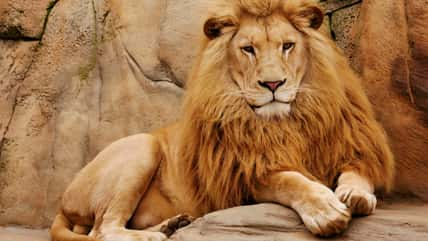This Species Of Parrot Is The Heaviest In The World And Known As The “Owl Parrot” Due To Its Nocturnal Nature, But It’s Also Critically Endangered, With Only 208 Alive Today

For bird experts and nature lovers alike, the Kākāpō is extremely captivating. Not only is it the heaviest parrot in the world, but it is also the only flightless species of parrot.
Instead of nesting in trees like the majority of avian creatures, these large birds dwell on the ground, using their strong legs to travel considerable distances. They are also skilled at climbing and can leap from tall trees, using their short wings for balance.
Although they may be parrots, the remarkable Kākāpō is nocturnal, which is why it’s often referred to as the “owl parrot.”
The birds have mossy green and yellow feathers that help them with camouflage in the forests they live in. When faced with danger, they will freeze in place, making it difficult for predators to see them.
Adult Kākāpō tend to be solitary creatures that meet up to mate every two to four years. During mating season, males will dig shallow holes in the ground and make deep, booming calls to attract females.
This is called “lek breeding.” No other bird in their native homeland or species of parrot in the world engages in that type of breeding system.
Kākāpō time their breeding periods with the mass fruiting of the rimu tree. These trees produce berries that are rich in nutrients, which are important for laying eggs and raising healthy chicks.
Aside from the berries, they also feed on various plants and roots. Kākāpō can live up to 90 years in the wild. They are among the longest-living birds in the world.
However, their population is critically endangered. Once upon a time, they were widespread across all of New Zealand but were hunted almost to extinction. In the 14th century, the Māori people arrived in New Zealand.

Lei Zhu NZ – stock.adobe.com – illustrative purposes only, not the actual parrot
They hunted Kākāpō for their meat, skin, and feathers. As they built homes and cultivated farmland, they reduced the Kākāpō’s habitat. They also introduced rats that escaped from ships and feasted on Kākāpō eggs and chicks.
When European settlers landed on the island in the 19th century, the parrots had already disappeared from many parts of the islands, and their numbers only continued to decline with the introduction of more invasive species. In the late 19th century, scientists realized Kākāpō were on the brink of extinction.
By 1995, their population had gotten down to a total of 51. The New Zealand Department of Conservation implemented the Kākāpō Recovery program to save the birds.
Workers have been supplying the birds with food, monitoring population levels, keeping the island free from invasive species, and hand-raising chicks if needed.
Due to ongoing conservation efforts, Kākāpō numbers have received a boost. According to the Natural History Museum, there are currently 208 Kākāpō.
The journey toward restoring the Kākāpō population is a long and difficult one, but with the progress that has been made so far, there is hope for the future of the Kākāpō.
Sign up for Chip Chick’s newsletter and get stories like this delivered to your inbox.
More About:Animals





